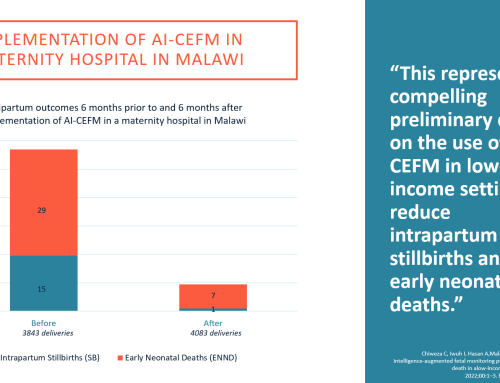Publication: International Journal of Gynecology & Obstetrics
Date: 2/1/2010
Authors: Dickens BM, Cook RJ
Abstract: The new American College of Obstetricians and Gynecologists’ (ACOG) monitoring guidelines introduce a new category of interpretation of fetal heart rate tracings between reassuring and nonreassuring, namely intermediate. The purpose is to reduce unnecessary cesarean deliveries. The legal role of medical guidelines is ambivalent. Providers are expected to be familiar with such guidelines, but also to exercise clinical judgment in their patients’ interests. Practice departing from guidelines requires justification, but simple compliance without regard to patients’ circumstances may constitute negligence. Some courts defer to medical professional guidelines, but others hold that professional standards are set as a matter of law, not by the profession itself. Unlike conclusions in medical science, which are open to continuing review, courts determine facts in a case only once, at trial. Litigation to compel patients’ compliance with medical advice based on guidelines may fail, as may prosecutions, more common in the US, of patients who defy such advice.








